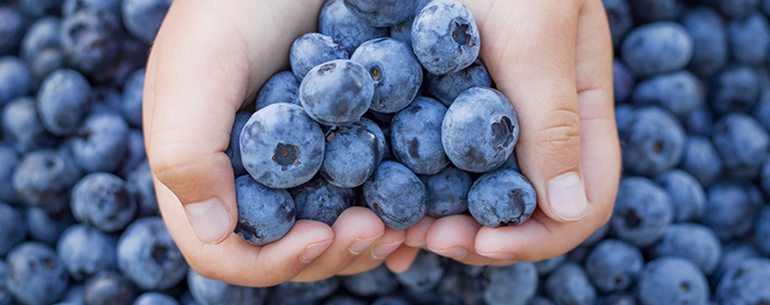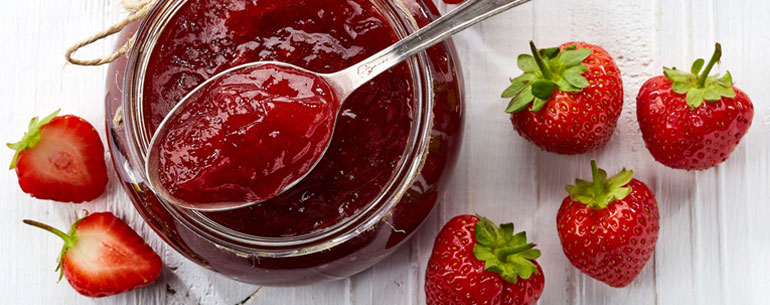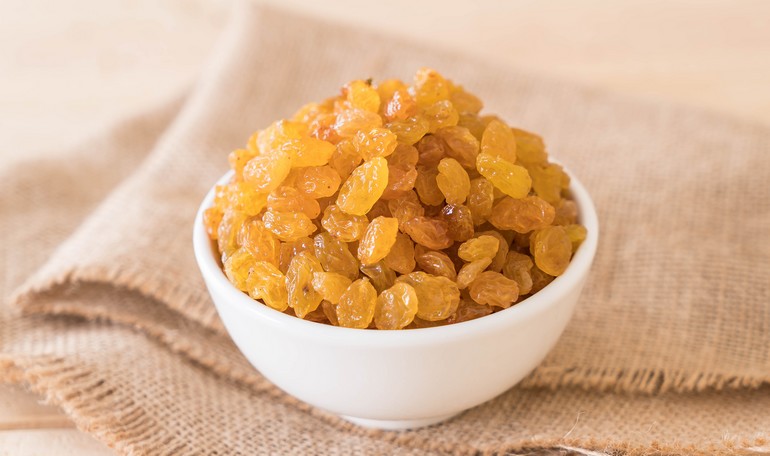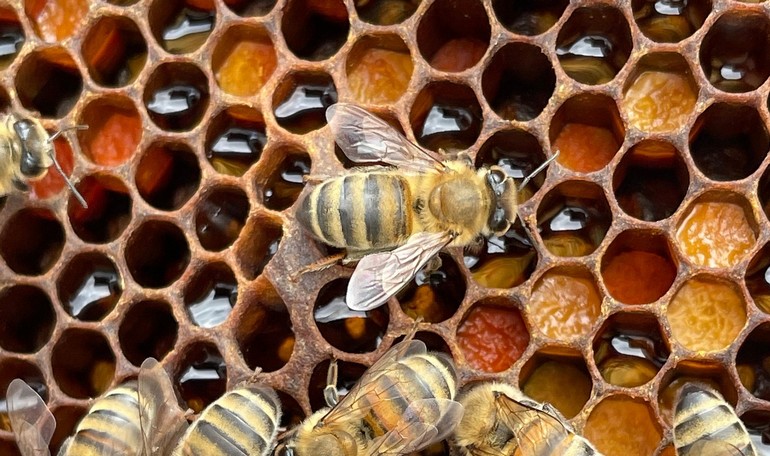The word from the nutritionist
Lingonberry: a small fruit with many properties
Do you know that this fruit is used by the popular therapy for its antimicrobial, astringent, anti-inflammatory and diuretic properties?
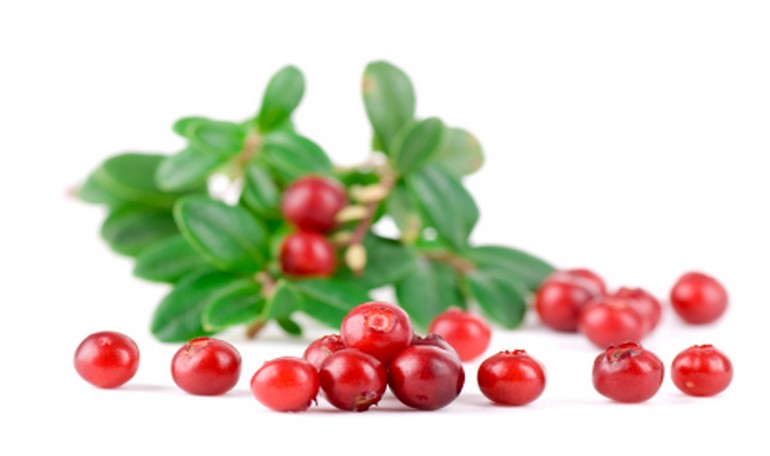
The European lingonberry was called by the Renaissance botanists “grape of mountain” or “”vine of mountain” because it is similar to a little vine. It’s scientific name is Vaccinium vitis Idaea, that means “vine of Ida’s mountain”. The lingonberry grows in North-Centre Europe until the Polar Circle, in Greenland, in North America, in the East, in Russian territory until Japan. In Italy it is present on the Alps, from 1.000 to 2.000 meters high, but it is rare on the Apennines. It is cultivated in Germany, Holland, Poland and Sweden where are used more vigorous and productive selection of plants.
The evergreen leaves are glossy dark green in the superior side. The fruits, that ripe in September - October, are red berries and have an acidulous taste that becomes sweet after the first frost. This fruit is different from the American cranberry (Vaccinum macrocarpon) that grows in marshland. The leaves, dried and preserved in sacks of cloth, are used by the popular therapy as infusions and decoctions for their antimicrobial, astringent, anti-inflammatory and diuretic properties. They are rich in arbutina (antiseptic for the urinary organs), tannins (astringents) , flavones, malic acid, neomirtillina (reduces the glycaemia).
The fruits can be consumed both fresh (maybe on the ice-cream or in a fruit-salad) and transformed in syrups, jams or jellies. The berries, that have astringent and diuretic properties, are rich in pectin, organic acids, manganese, vitamin A and in particular in vitamin C. They have a stimulant effect on the gastro-enteric organs and make easier the assimilation of calcium through the intestinal mucous membrane.
Published 01 September 2016

